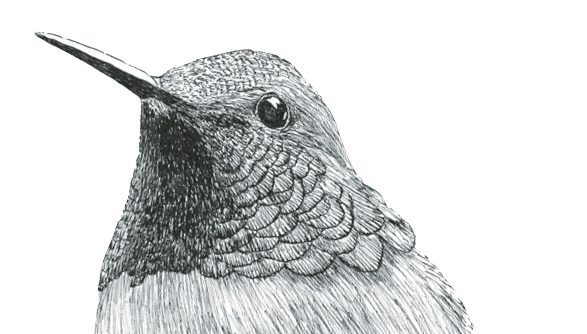The natural world has its regular rhythms disrupted by natural disasters like ice storms, much the way human environments change.
Incense cedar trees have proven much more susceptible to damage from an ice load than Douglas fir. The recent ice storm brought down incense cedar branches in much greater numbers than Douglas fir. The incense cedar’s ecological adaptation to the warmer end of the forest zone allowed them to evolve into a species with weak branches. They are not resistant to snow or ice. Key elements to surviving a disaster seem to be adaptability and resilience.
Heron nests were lost in a big cottonwood stand close to the Willamette River. Only two are left in a tree that hosted a rookery of seven or eight nests in the past ten years or so. Three of the big branches that supported nests are gone. There are still good nest sites in this stand of cottonwoods — it will be interesting to watch how the rookery responds to the damage.
The harshest part of winter in the southern Willamette Valley normally comes after the New Year. Those of us who feed birds in the summer need to pay attention to our feathered friends now, when the living can be tough. Feed in the wild is scarce; many birds now rely on the kindness of bird feeders. Keep seed feeders full and hummingbird feeders available by bringing them inside on freezing nights. They need energy to maintain life functions in temperatures below 0˚ C.
David Wagner is a botanist in Eugene teaching moss classes and leading nature walks. His 2017 Oregon Nature Calendar is now available at Down to Earth stores in Eugene or online from his web site: fernzenmosses.com.
